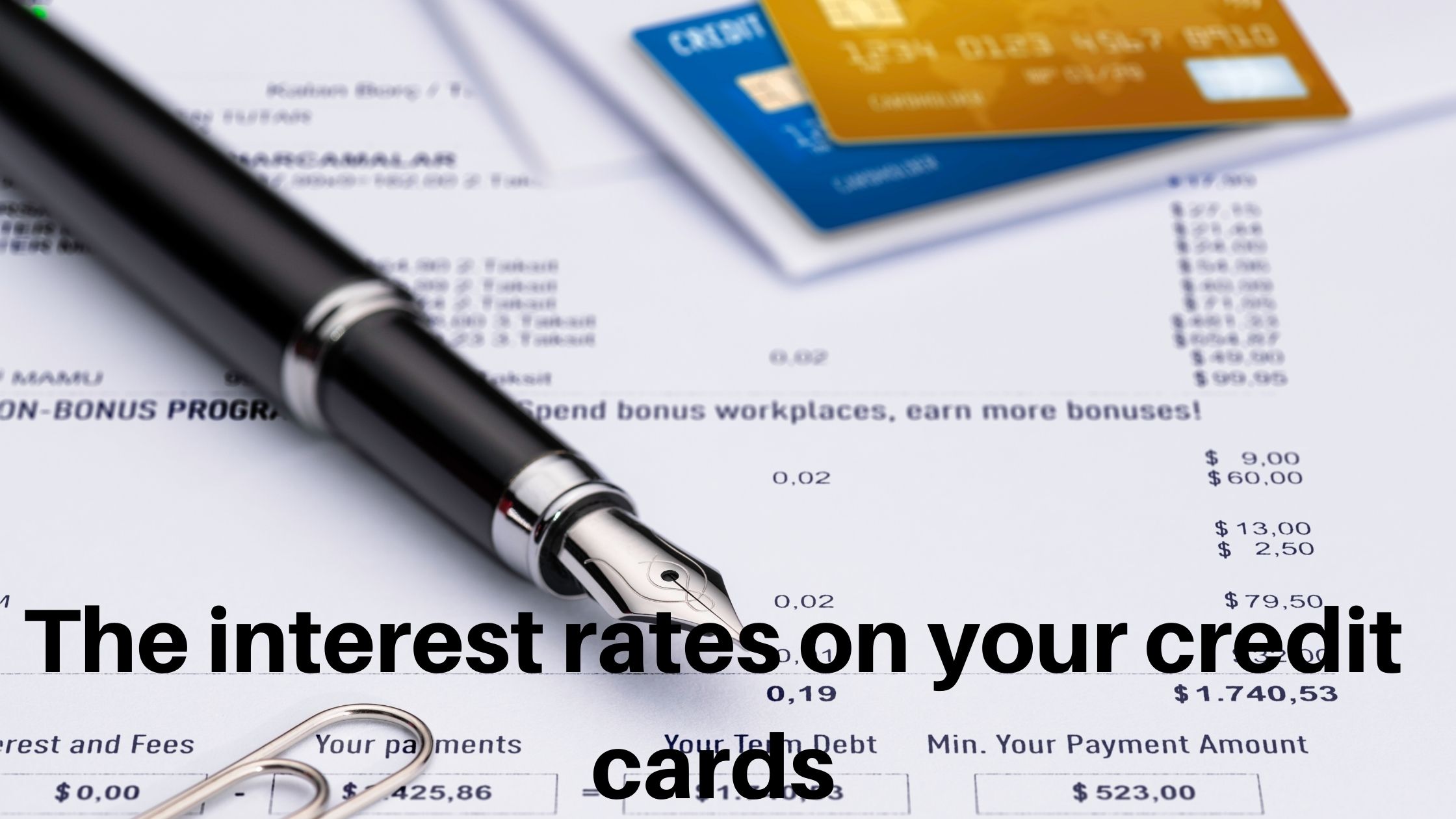Credit cards are a great way to borrow money and build your credit history. But what does that mean for you, the cardholder? Interest rates are one of the key factors to consider when deciding whether or not to get a credit card. In this article, we’ll walk you through how to find out your credit card’s interest rate and other important details.
How Credit Cards Work?
Credit cards are one of the most popular ways to borrow money. They allow you to borrow a set amount of money, with the promise that you will pay back the loan in full with interest. Interest rates on credit cards can vary quite a bit, depending on the card and the terms of the agreement. Here are a few things to keep in mind if you’re looking for the interest rate on your credit card:
-The interest rate on your credit card is usually listed on your account disclosure document, which you may receive in the mail or online.
-Many credit cards have variable interest rates, which means that their interest rates can change based on a number of factors, including the market conditions and your credit score. You should be aware of any changes to your interest rate so that you can plan your budget appropriately.
-If you’re having trouble paying off your credit card debt, it may be worth considering switching to a lower-interest card. Checking out different cards’ rates can help you get a better deal.
The interest rates on your credit cards

The interest rates on your credit cards are important to know, as they can impact your overall credit score.
Here’s a look at each card’s interest rate:
-Merchant Discover: 0% for the first 6 months and then a variable APR of 16.24%-16.99% after that.
-American Express: 0% for the first year and then a variable APR of 19.24%-21.99%.
-JCPenney: 0% for the first year and then a variable APR of 17.24%-23.99%.
How to get your free annual credit report?
If you’re like most Americans, you have at least one credit card. And if you’re like most Americans, you’re probably not familiar with the interest rates that are associated with those cards.

Here’s a rundown of how to find out what your credit card’s interest rate is and whether or not it’s worth it to keep your card active:
1. Check your credit score. This is free and easy to do. You can get a free credit score each month from each of the three major credit bureaus: Equifax, Experian, and TransUnion. Just go to AnnualCreditReport.com and sign up for a free account. Once you have an account, each bureau will send you a free credit report once per year.
2. Check your statement. This won’t show the interest rate that was actually charged on your card, but it will show the annual percentage rate (APR) that was in effect at the time the charge was made. You can find this information by looking for the “paid” section of your statement and finding the row that corresponds to the month in which the charge was made. The APR shown on this statement may be different from the
How to dispute a charge on your credit card?

If you’ve been charged an interest rate that’s higher than what your card’s normal APR is, you can dispute the charge. To do this, contact your credit card company and explain why the interest rate is too high. You may need to provide documentation to support your argument. If the charge was made in the past few months, your credit card company may be willing to reduce or eliminate the interest rate.
Conclusion
Hopefully, this article has helped you understand how to find your credit card’s interest rates and what factors impact them. By understanding the different terms and conditions associated with your credit card, you can make informed decisions about which one is best for you. Remember to always read the fine print before applying for a new card or activating an existing one!